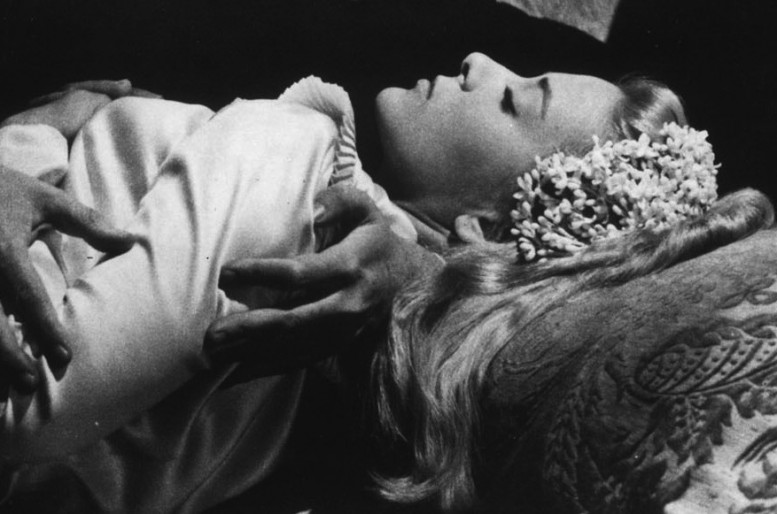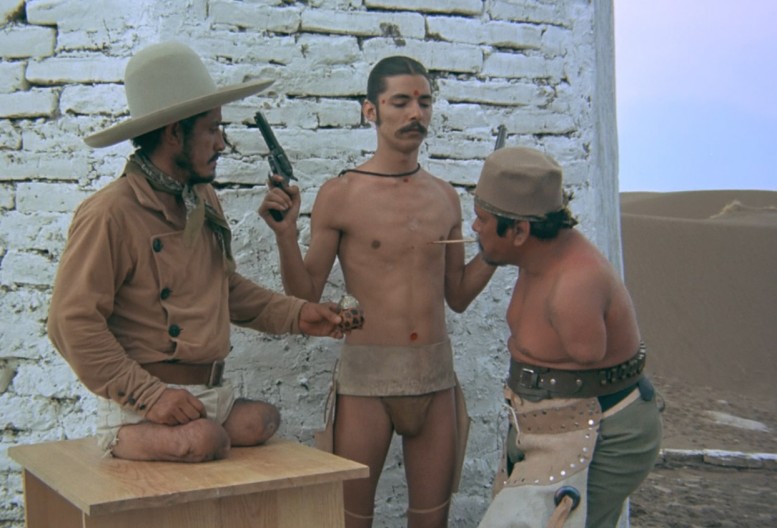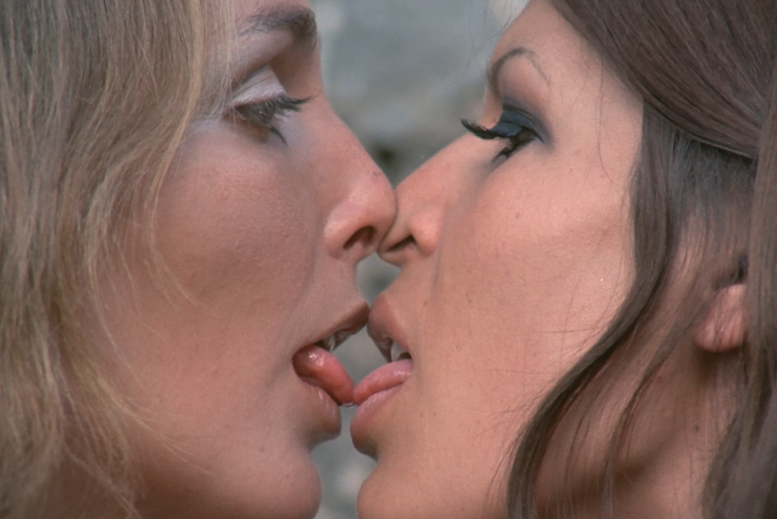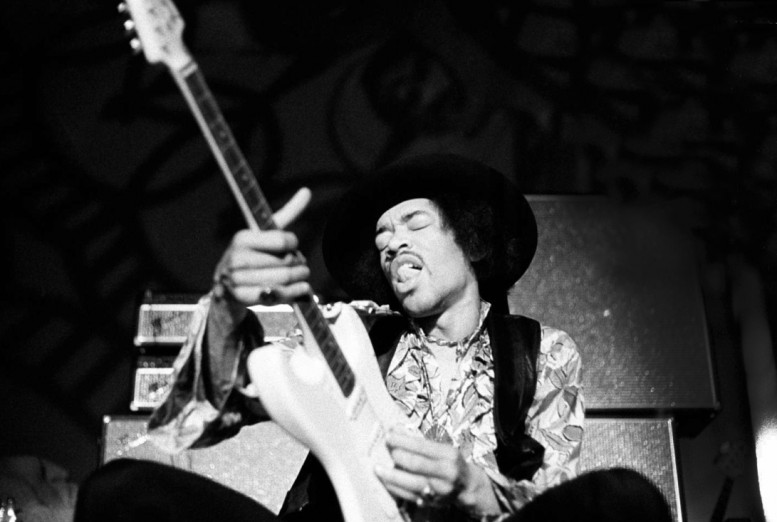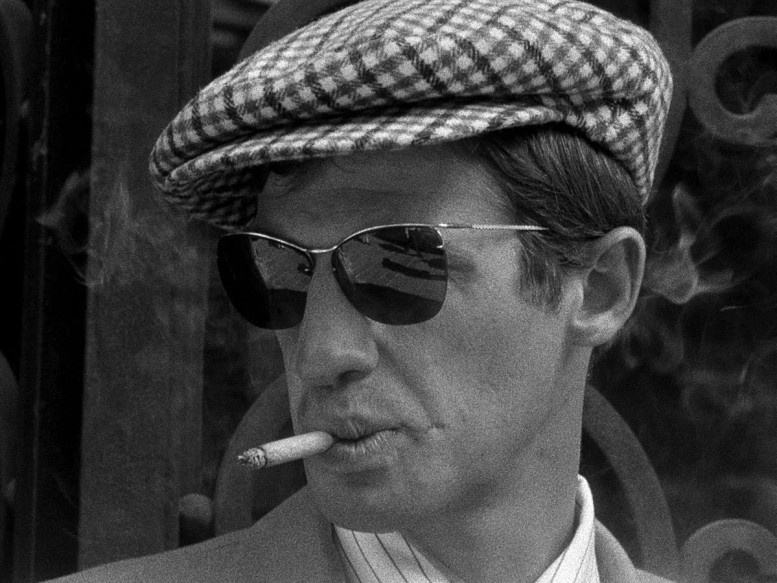
[EROTICA] Pornography Celebrated at UCLA
It seems as though even California's leading university is accepting pornography as art as UCLA currently exhibits a nearly month long retrospective of films by the legendary art house pornographer Radley Metzger–famous for such films as The Opening of Misty Beethoven and Therese and Isabelle. www.happenings.ucla.com
[FILM] They Shoot Movies, Don't They?
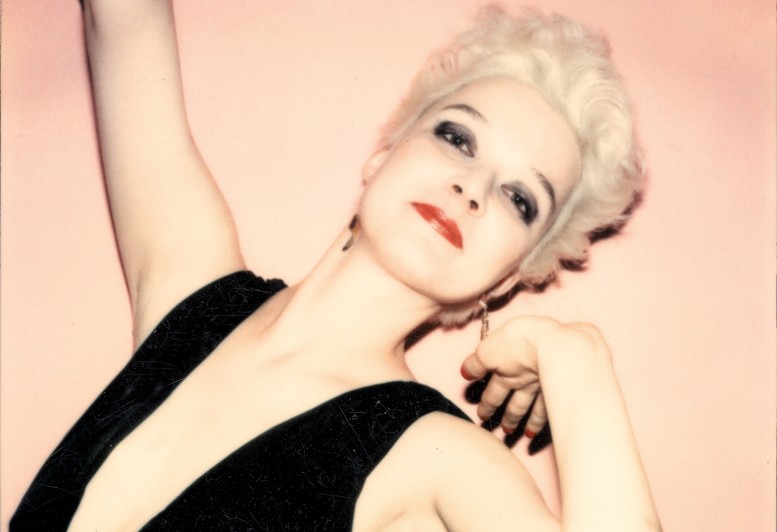 “Patti Astor” Photo by and courtesy of Maripol from Blank City
“Patti Astor” Photo by and courtesy of Maripol from Blank City
Blank City tells the long-overdue tale of a disparate crew of renegade filmmakers who emerged from an economically bankrupt and dangerous moment in New York history. From the late 1970's through the mid 80's, when the city was still a wasteland of cheap rent and cheap drugs, these directors crafted daring works that would go on to profoundly influence the development of independent film as we know it today. Film is out now. www.blankcityfilm.com
[FILM] Pere Portabella - A Survey
In conjunction to the retrospective of the painter Joan Miró, the Tate Modern in London is showing a survey of films by the Catalan director Pere Portabella. His films, many made alongside his frequent collaborator Luis Buñuel, are distinct, revolutionary testaments to individual freedom and liberty in the ugly face of tyranny–namely General Francisco Franco. "Portabella's radical experimentation with the limits and conventions of image, sound and genre is echoed in his eloquent critique of state repression and political indifference. His use of structural materialist devices to loosen the bond between image and referent serves to focus the viewer's attention on their role in the political and cultural processes of the circulation of meaning." On view at the Tate Modern until July 31, 2011. www.tate.org.uk
The New Woman International
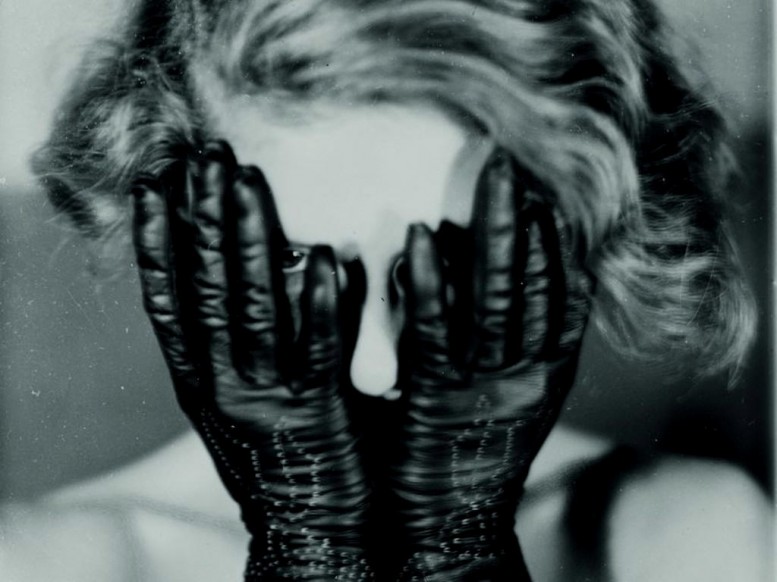 Germaine Krull by Eli Lotar
Germaine Krull by Eli Lotar
Images of flappers, garçonnes, Modern Girls, neue Frauen, and trampky—all embodiments of the dashing New Woman—symbolized an expanded public role for women from the suffragist era through the dawn of 1960s feminism. Chronicling nearly a century of global challenges to gender norms, The New Woman International: Representations in Photography and Film from the 1870s through the 1960s (University of Michigan Press) is the first book to examine modern femininity's ongoing relationship with the nineteenth and twentieth centuries' most influential new media: photography and film. You can find the book here.
[Primary Kolors] Ksubi Returns to Colored Denim
Cult Australian fashion label Ksubi, toast the long awaited return of their colored denim range, with a short film directed by Australian director Daniel Askill. Kolors is a fume-fuelled, slow-motion battle between three color-clad models and a trio of ‘80s muscle cars. With the Ksubi team securing the very last sets of limited edition colored tires by Kumho available in Australia they then enlisted Askill and his team at Collider to fuse the vivid smoke with the spectral denim range. Models Bambi Northwood-Blythe, Cisco Gorrow and Heidi Harrington-Johnson act as modern-day matadors to the rumbling Ford's that attempts to hunt them down while the girls soar above the cars to an operatic soundtrack. Shot next to Sydney’s Kingsford Smith International Airport in barren industrial wasteland that car fanatics converge on after dark and with a Phantom camera, Askill captures each and every denim movement and smoke billow at 1500 frames per second. The collection is available today in stores worldwide. www.ksubi.com
Fritz Lang, Beyond a Reasonable Doubt
After director Fritz Lang vaulted to prominence with such masterpieces of German cinema as Metropolis and M, he brought his art to Hollywood films, including Fury, Ministry of Fear, The Woman in the Window and more trenchant tales of innocents caught in a web of seeming guilt. His last U.S. movie is this intriguing film noir about a novelist (Dana Andrews) out to expose the injustices of capital punishment. Working with his fiancée’s (Joan Fontaine) father, a newspaper publisher (Sidney Blackmer), he frames himself for murder, intending to produce exonerating evidence at the last moment. But the publisher suddenly dies, the evidence is lost… and that’s only the first twist in a brilliantly layered plot ideally suited to Lang’s talents. Beyond a Reasonable Doubt has been recently restored and is available on DVD.
[Documentary] L'Amour Fou: The Legacy of Yves Saint Laurent
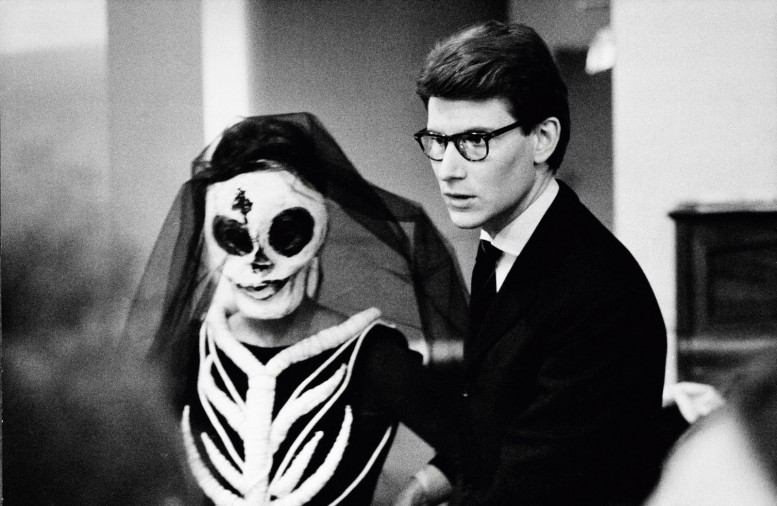
Yves Saint Laurent left a fashion legacy. He also left behind an extraordinary collection of art. In L'amour fou, Saint Laurent's partner in business and life, Pierre Bergé, made the choice to auction off the collection after Saint Laurent's death in 2008. It was considered "the auction of the century." Bergé talks about their relationship in both respects—from meeting Saint Laurent after his dismissal from Dior to starting up their fashion house and, of course, the art that they amassed. The collection started in the 1950s and included works ranging from Picasso and Matisse to Egyptian sculptures.
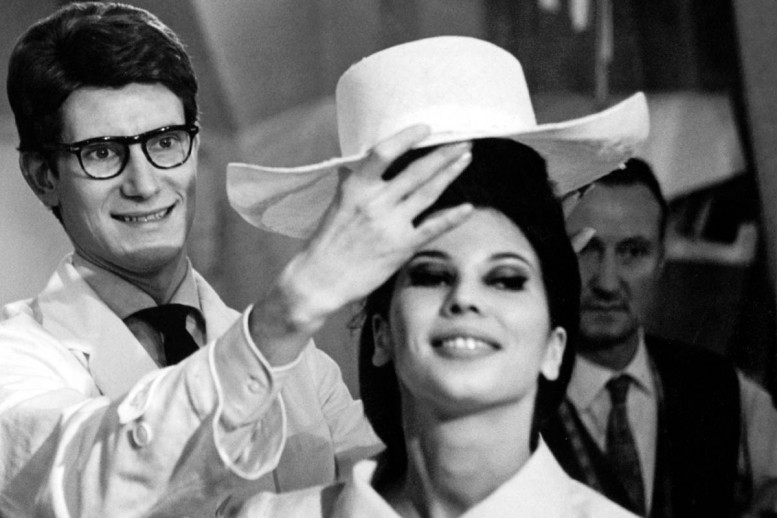
The art collection is impressive, but it represents more than just two collectors—they're the puzzle pieces that form a picture of a unique, half-century partnership. Carefully crafting a loving and well-deserved tribute, director Pierre Thoretton stunningly blends Bergé's interviews, rare archival footage, and incredible access to their homes to make what amounts to more than a biography. He captures a love story—a so-called crazy love—of art, fashion, and the two men who loved both and one another.
L'Amour Fou is currently being premiered at the Tribeca Film Festival. www.tribecafilm.com
Deconstructing Michelangelo Antonioni's Blow Up
Want to see a naked, nubile Jane Birkin in a threesome? Antonioni's film 1966 film Blow Up captured the zeitgeist of 1960s London with a bear trap. Its famous cover, with the lead character, a fashion photographer played by the venerable David Hemmings, lurching over the rail thin, German model Veruschka, is emblematic of an entire decade of cinema. Directed by Michelangelo Antonioni, Blow Up, inspired by a book written by the Argentinian novelist Julio Cortázar, as well as the real life of iconic fashion photographer David Bailey, tells the the story of a fashion photographer who inadvertently stumbles into a murder.
The film, which stars David Hemmings, Vanessa Redgrave, and Sarah Miles, is a real-time paced glimpse into an otherwise drab London at the apex of the Swinging Sixties. It was time when photographers were considered rock stars; groupies and all, doing whatever it takes to get their picture taken. Using film stills and actual photographs in the film, a new book has come out this month on Steidl that re-examines Blow Up in a retrospective, socio-cultural context. Antonioni's Blow-Up, as the book is called, by Philippe Garner and David Alan, promises a "fresh and stimulating study of Antonioni’s masterpiece."
You can find the book on Colette's e-shop. www.colette.fr
Icon of 1940s Fashion: Ingrid Bergman
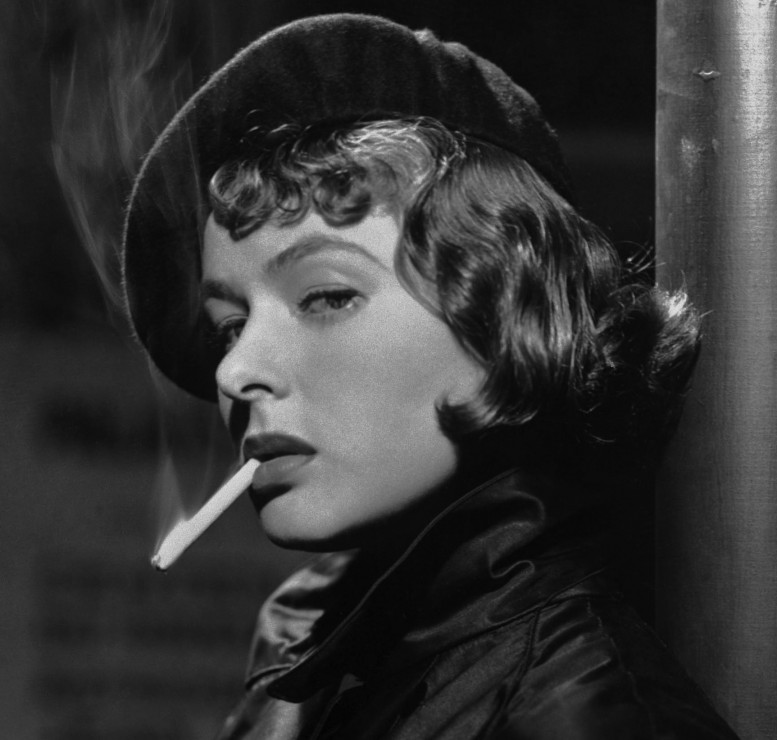
Ingrid Bergman is stunning when when she appears on the silver screen in the 1942 classic Casablanca, and the same in Hitchcock's 1946 masterpiece Notorious. Bergman was not only an icon of the silver screen, but an icon of fashion in a decade when the world was at war. In the 1940s the fashion houses of an occupied France were struggling with limited resources, a fabric shortage, and the rise of competing American fashion houses. In 1940s style was an experiment in sartorial renunciation - an "expression of circumstances" as opposed to frivolity. In 1947 Christian Dior introduced the New Look collection - a ‘make do and mend’ approach to fashion that didn't comprise "ideals of beauty, femininity and luxury." Ingrid Bergman was a life long fan of Dior - her fitted suits, pencil skirts, subtle accessories, and a slightly androgynous charm helped define the era.
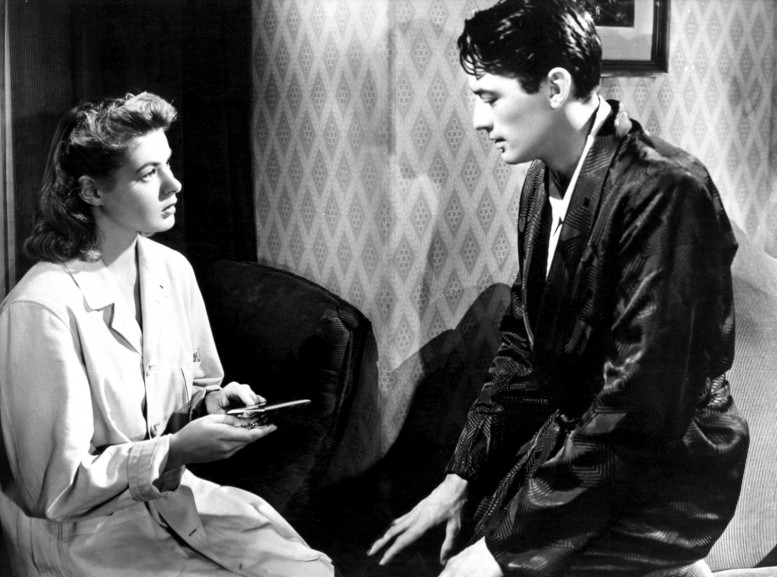
A new book, Forties Fashion:From Siren Suits to the New Look, Jonathan Walford, founder of the Fashion History Museum of Canada, "is an essential sourcebook" of 1940s fashion; "a glorious celebration of everything from practical attire for air raids to street and anti-fashion." Around 250 illustrations reveal the wide range of fashions and styles that emerged throughout the Second World War, in Europe, North America, Australasia and Japan. Including period advertisements, images of real clothes, and first-hand accounts from contemporary publications.
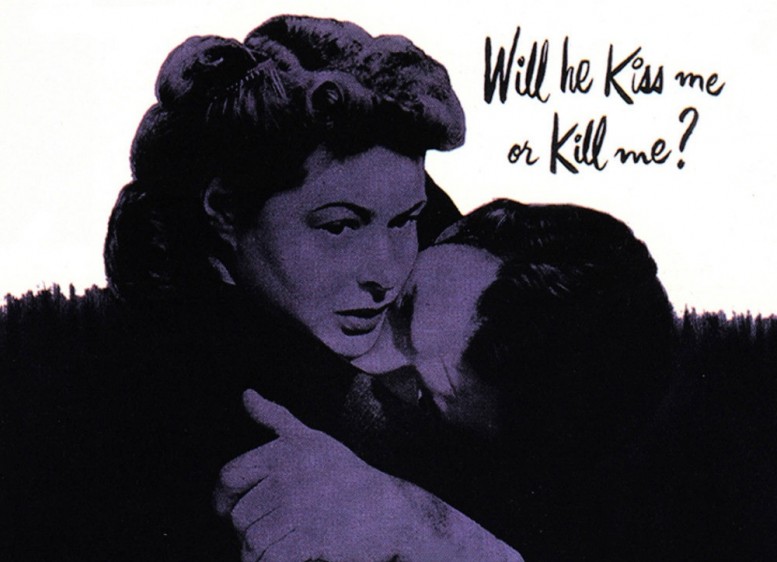
[INFLUENCERS] The Psychomagic of Alejandro Jodorowsky
Film still from El Topo
With gallons of blood, dwarves, and maimed circus performers, weirdness is almost always guaranteed. Your money's worth? Not so much if you're not ready for the holy mountain that is Alejandro Jodorowsky. A gunfighter on a violent quest for enlightenment, a feverish search for a mythical holy mountain, and a man serving as his armless mother's arms, carrying out vengeful murders on her behalf, all summarize, albeit briefly, the trifecta of Chilean filmmaker and artist Alejandro Jodorowsky's surreal and mystical cinematic masterpieces: El Topo, Holy Mountain and Santa Sangre. Or maybe they're a summary of all the alter-egos of the man himself, the cult legend, the auteur of weird.
Film still from El Topo
Most people have probably never heard his name before - much less seen his films, but Jodoorsky has had a massive influence on the avant garde, as well as impact on mainstream culture, for almost 30 years. And thankfully, these days his name has been rising to the surface a lot more. With a high definition version of El Topo, slated for release on April 26, and various premiers of his films, lectures, and collaborations Jodoworsky seems to be getting his rightly due.
In March, Jodowosky started production on a film version of his autobiography The Dance of Reality. To date he has published over 23 novels in the field of psychomagic - which aims to heal wounds of the soul using the Tarot and various forms of holistic mysticism. He has even spent fifteen years recreating the Tarot of Marseilles - cards that have been de rigueur to the practice of Tarot reading since the 15th century; the cards most are familiar with. In the end it seems as though Alejandro Jodorowsky is satisfied in the role as shaman and he professes that his main goal is mainly "to spread consciousness." But no matter the course of the artist's multiple identities, Jodorowsky will always be an artist and whatever the medium may be he will continue to have a tremendous influence and voice each time culture sheds its fickle skin.
Visit Alejandro Jodorowsky's official site
Text by Oliver Maxwell Kupper for Pas Un Autre
For Adarsha....
Directed by Oliver Maxwell Kupper Starring Adarsha Benjamin
Harmony Korine and James Franco on the Set of 'Rebel'
photography by Adarsha Benjamin
[Cinema] Let There Be Rock
A little over a month of rock n' roll films? Starting April 29 at the Queensland Cinémathèque in Australia, 'Let There Be Rock' brings together a wide range of documentaries and feature films capturing the rebellious spirit of rock music culture. The program features intimate portraits of bands and musicians, showcasing their magnetic stage presence and musical talents, as well as the fans, collaborations and locations that surround them.
Wild experiments with rock operas and musicals illustrate the blending of rock music and cinema into a unique film genre. Concert films and live recordings capture bands in full flight and the transformation of stage performances into visceral experiences. Iconic music events caught on film also chronicle rare pieces of music history and their ensuring influence on new generations of music fans. http://qag.qld.gov.au/cinematheque
First Look: 'Rebel' by James Franco & Harmony Korine
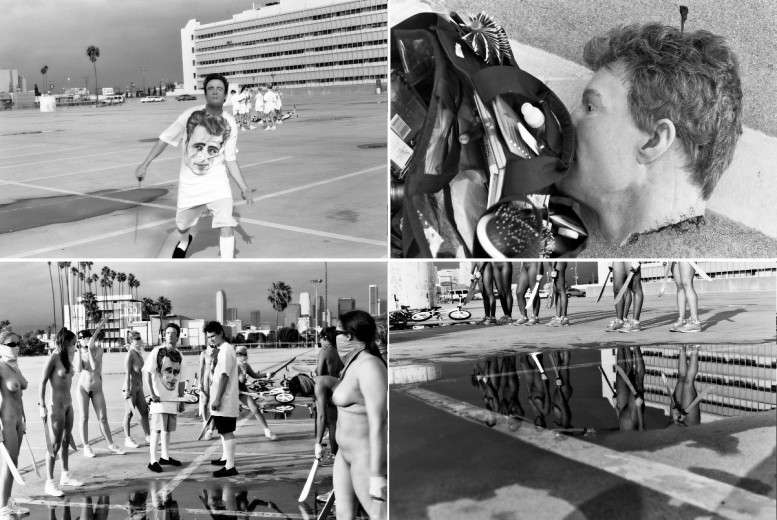 Behind the scenes photos by Adarsha Benjamin of 'Rebel' - a film by James Franco and Harmony Korine to be premiered at the Venice Biennale this June.
Behind the scenes photos by Adarsha Benjamin of 'Rebel' - a film by James Franco and Harmony Korine to be premiered at the Venice Biennale this June.
Fear & Loathing in San Juan: The Rum Diaries
Its a tale all too Hunter Stockton Thompson. In 1958 he completed his first novel, The Rum Diary - he was in his late 20s. Letters around this time, Hunter Thompson was a voracious letter writer - he kept a carbon copy of almost every letter he ever wrote since his teens and lasted until his suicide at 67 as some kind of obsessive, seemingly feverish, prophetic preservation of his legacy, before and after completion of the Rum Diary, paint a Hunter Thompson excited about finishing his first, real novel - after hopscotching from one one horse town newspaper to the next throughout much of his early journalistic career. But letters also show the harsh side of rejection and many letters to the effect from editors, as well as replies back from Thompson with belligerent threats of murder, revenge and spilled teeth. The Rum Diary tells the tale of a young American journalist disillusioned by a hopelessly bland America under Eisenhower who moves to a pristine San Juan, Puerto Rico to work for a flailing newspaper and becomes obsessed with a young blonde fiancee of a cohort. Its a tale all to Hunter Thomson: reportage of the strange world from behind the bullet proof glass of his own conciousness, a consciousness too big in a world that at same time made him feel so small. Rum soaked and covered in white tropical sand, The Rum Diary is a tale of bliss and abandon from a young writer finding his voice at the apex of an entirely American 20th century, groping madly for the American dream up the fuzzy blouse of some young, dumb secretary. The Rum Diary wasn't published until 1998, nearly 50 years after it was completed. This October, a film, entitled The Rum Diary, will bring this incredible book to to the silver screen.
Déesse du Soleil
Once there were solar deities like Arinna, the sun goddess of the ancient Hittites and the storied beauty who inspired this short film by Lars Pillmann.
[Nouvelle Vague] Jean-Paul Belmondo Canonized at Cannes
Belmondo in Jean-Luc Godard's Breathless 1960
With his rough and tumble good looks and eternally dangling cigarette, Jean-Paul Belmondo has been a fixture in French cinema for nearly six decades. Belmondo, the actor who defined "New Wave" cinema with his debut roll in Jean-Luc Godard's Breathless will be canonized at this years Cannes Film Festival with a grand fête apropos for the celluloid icon; as well as the premier of Vincent Perrot and Jeff Domenech’s documentary Belmondo, The Career. The Cannes Film Festival runs May 11 – 22.
Jean-Paul Belmondo in Philippe de Broca's That Man From Rio 1964
Claudia Cardinale and Jean-Paul Belmondo in Mauro Bolognini's The Lovermakers, 1961
Jean-Paul Belmondo in Jean-Pierre Melville's Léon Morin, Priest, 1961
Belmondo as Belmondo
[FILM] The Face Behind the Mask (1941)
The Face Behind the Mask is the story of a hopeful new immigrant, Janos Szaby (Peter Lorre), who, on his first day in New York City, is trapped in a hotel fire that leaves his face hideously scarred. Refused employment due to his appearance although he possesses tremendous skill as a watchmaker, the only way he can survive is by turning to theft, using his skilled hands to disable alarms. Eventually he becomes the leader of a gang of thieves, and raises enough money to commission and wear a realistic latex mask of his own face. Janos then falls in love with Helen (Evelyn Keyes) a blind woman who sees only the good in him, and attempts to leave his life of crime behind him. Unfortunately, his gang come to believe that he has betrayed them to the police, and attempt to kill him by car bomb, an attempt on his life that he survives but that Helen does not. In retaliation, Janos disguises himself as the pilot of the private plane the gang is flying out of the city with, which he lands in the Arizona Desert and lets out the fuel, suicidally stranding both the gang and himself without food or water, dooming them all to a slow death. At the film's end, Janos's body and that of his enemies are discovered by the police.
Post by Dustin Lynn
Reflections on Nature
film by Adarsha Benjamin


